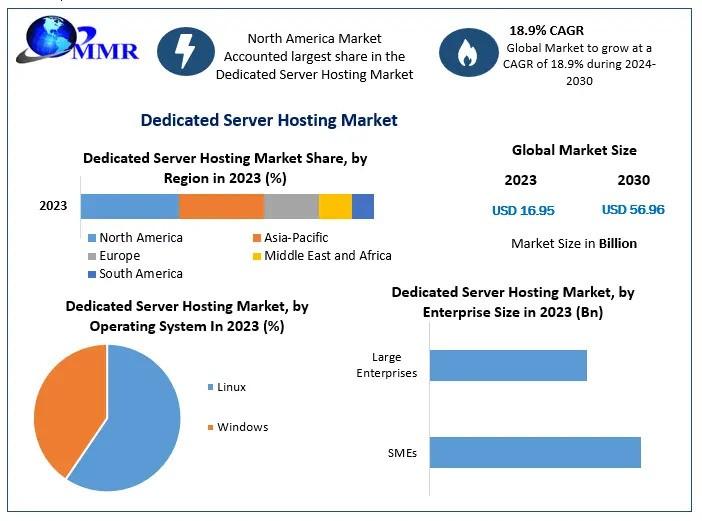
Nanopore sequencing technology is known for its capability to sequence a broad range of DNA inputs including non-target bands. To ensure the specificity of our study, we employed an amplicon-based approach with specific primers. However, it’s important to note that this approach does not eliminate completely the potential for sequencing non-target DNA bands. To address this issue, we implemented an in-silico alignment of the generated reads to the TiLV virus reference. This strategic step allowed us to effectively filter out non-target reads and data, thereby enhancing the accuracy and specificity of our sequencing results.
In this study, we report the successful recovery of the complete TiLV genome using a novel approach that combines singleplex PCR and multiplex PCR and Nanopore amplicon sequencing. The approach accommodates a range of biological resources, including fish tissues, water samples, and cell cultures, with appropriate sample preparation steps tailored to the nature of each sample type. Our findings indicate that mPCR is particularly effective for samples with high TiLV loads. Therefore, we recommend utilizing mPCR for heavily infected TiLV samples, while sPCR can be employed for lightly infected samples. Notably, since the maximum length of the viral segment is 1641 bp, our approach obviates the need for a PCR-tiling strategy typically used for recovering large non-segmented viruses such as ISKNV and SAR-CoV-212,22. Moreover, our method offers the added advantage of visualizing PCR efficiency and specificity for each viral segment on a gel, as each fragment has a different size.
Our current multiplex PCR appears to show lower efficiency for Multiplex reaction 1, particularly in samples with high Cq values. The variation in sequencing depth among different segments may be attributed to amplicon input and amplicon size and can result in reduced completeness and gaps in the consensus. It is evident that Multiplex reaction 1 predominantly amplifies larger segments of the TiLV genome, specifically segment 1–5. Larger amplicon sizes can pose challenges in terms of PCR sensitivity, particularly when dealing with samples featuring lower viral loads. To improve the multiplex RT-PCR amplification uniformity and efficiency, the performance of poorly performing primers can be enhanced by optimizing their concentrations or adjusting their annealing temperature by altering their sequence length.
Nevertheless, it remains unknown whether individual genomic segments of TiLV exhibit variations in expression levels and timing, akin to the patterns observed in other viruses23,24. Additionally, the Multiplex set 1 reaction, which amplifies TiLV genomic segments 1–5 and 8, can be further split into two pools (e.g., 1A and 1B) that will amplify an average of three viral segments each. In addition, the use of a more processive High-Fidelity Taq polymerase such as Q5 from New England Biolabs that was currently used for high-degree multiplex tiling PCR of the SAR-CoV19 and ISKNV viral genomes is also worth exploring12,17. It is also worth noting that despite the absence of visible bands for some of the samples, partial or even near-complete genome assembly was still attainable using our sequencing pipeline. It is possible that the amount of PCR product is below the detection limit of gel-staining dye at its loading concentration although it is in fact present in the samples as revealed from sequences information. To streamline future work in high throughput sequencing of TiLV using this approach, gel visualization may be skipped once a lab can consistently reproduce the PCR outcome with evidence from sequencing data.
Nanopore sequencing is an attractive approach for viral amplicon sequencing due to its portability, convenience, and speed13. Our method, which utilizes Nanopore sequencing, eliminates the need for additional fragmentation steps, allowing motor proteins to be directly ligated to amplicons for native sequencing. On the same day, tens of samples can be prepared and sequenced, and the low computing requirements of the ARTIC protocol enable swift genome assembly on a laptop computer, without requiring access to a dedicated server. To further streamline TiLV genome sequencing on the Nanopore platform, we suggest designing multiplex primers that incorporate a partial adapter suitable for Nanopore sequencing25. This enables cost-effective PCR-based barcoding that is both efficient and scalable. In cases of low data output, samples can be re-pooled and sequenced on a separate flow cell to achieve the necessary sequencing depth for genome assembly.
By utilizing R9.4.1 sequencing chemistry with super accuracy mode and implementing the ARTIC pipeline, we successfully recovered TiLV genomes that are highly suitable for phylogenetic inference. Our study revealed the presence of TiLV in both fish and environmental water samples from the same farm, which clustered together in Clade E1. Our approach, combining the previously reported water sample TiLV concentration method15 with a singleplex RT-PCR amplicon-based Nanopore sequencing strategy, allowed for direct recovery of TiLV genomes from water samples. This innovative method has significant implications for non-lethal, environmental DNA/RNA monitoring, as it eliminates the need for sacrificing fish for genomic analysis. The potential applications of our innovative approach extend to TiLV detection and genome sequencing in fish samples across wider geographical areas. Additionally, for cell culture samples, our approach can serve both as a confirmatory diagnosis tool and allow us to investigate genetic stability of TiLV in relation to potential downstream events, such as viral virulence and genetic changes over time. To gain a more comprehensive understanding of TiLV genetic variations and dynamics, further research is essential, involving the collection of additional samples and more extensive comparative studies.
Our analysis suggests that, in addition to country of origin, the genetic background of the hosts may also contribute to the clustering patterns observed within Clade E. With few exceptions, our results indicate phylogenetic grouping of Thai TiLV strains (E1: red tilapia, E2: Nile tilapia), suggestive the likelihood of multiple introductions into the country or rapid viral evolution. The presence of the Thai isolates in multiple clusters indicates a significant genetic diversity within the virus. RNA viruses are known for their high mutation rate attributed to the absence of proofreading ability in RNA polymerases26, allowing them to undergo rapid evolutionary changes.
Furthermore, our findings based on the current genomic sampling contradict the initial hypothesis previously put forth on Tilapia trade movement, which was based on a small genome-based phylogenetic tree with limited supported clustering of Bangladeshi and Thai TiLV strains9. Specifically, we found no grouping of Thai strains within the Bangladesh clade (Fig. 3, Clade D), thereby reducing support for the previously proposed hypothesis.
Although viral whole genome sequencing of TiLV is now technically feasible, the current representation of its genome in public databases is limited, making it difficult to infer its evolutionary relationships. Given the significant impact of TiLV on the tilapia aquaculture industry, there is a critical need for more robust genomic surveillance to facilitate better management and tracking in relevant regions. Our method can be used in future studies to generate more representative genomes from Vietnam. Our proposed multiplex PCR Nanopore-based amplicon sequencing approach offers a promising solution, as it enables cost-effective and high-throughput sequencing of TiLV virus genomes. This strategy is poised to revolutionize the field of advanced diagnostics and surveillance of multiple pathogens concurrently from biological samples of animals as well as environmental DNA/RNA of pathogens in water, within a single assay. This strategy eliminates the need for separate reactions and reduces the overall cost and time required for sequencing multiple samples. We anticipate that our approach will provide a valuable resource for ongoing efforts to understand the molecular epidemiology and evolution of TiLV, with important implications for disease control and prevention (e.g., vaccination). The implementation of our method in resource-limited regions is expected to face several challenges, e.g., limited access to finance and skilled labor, procurement, and logistical difficulties. As a result, the primary focus should be on enhancing the capacity of local operators by fostering collaboration with local institutions. This collaborative effort will leverage both existing and new resources to kickstart pilot programs aimed at refining the implementation strategy within real-world settings.
https://www.nature.com/articles/s41598-023-47425-w






